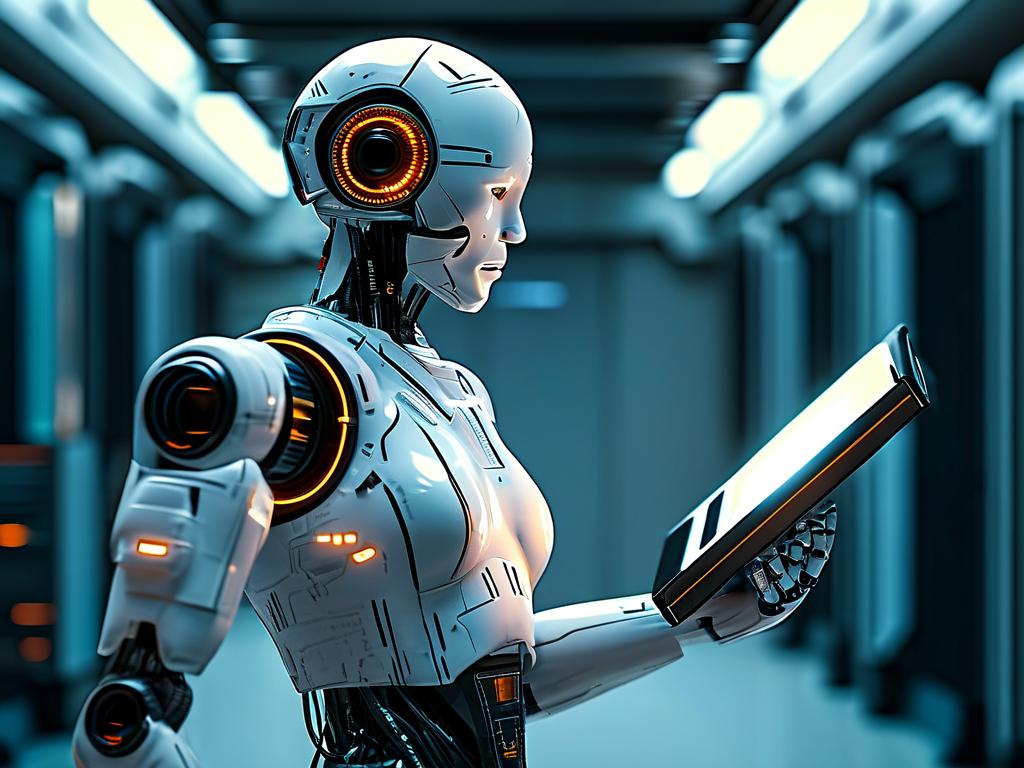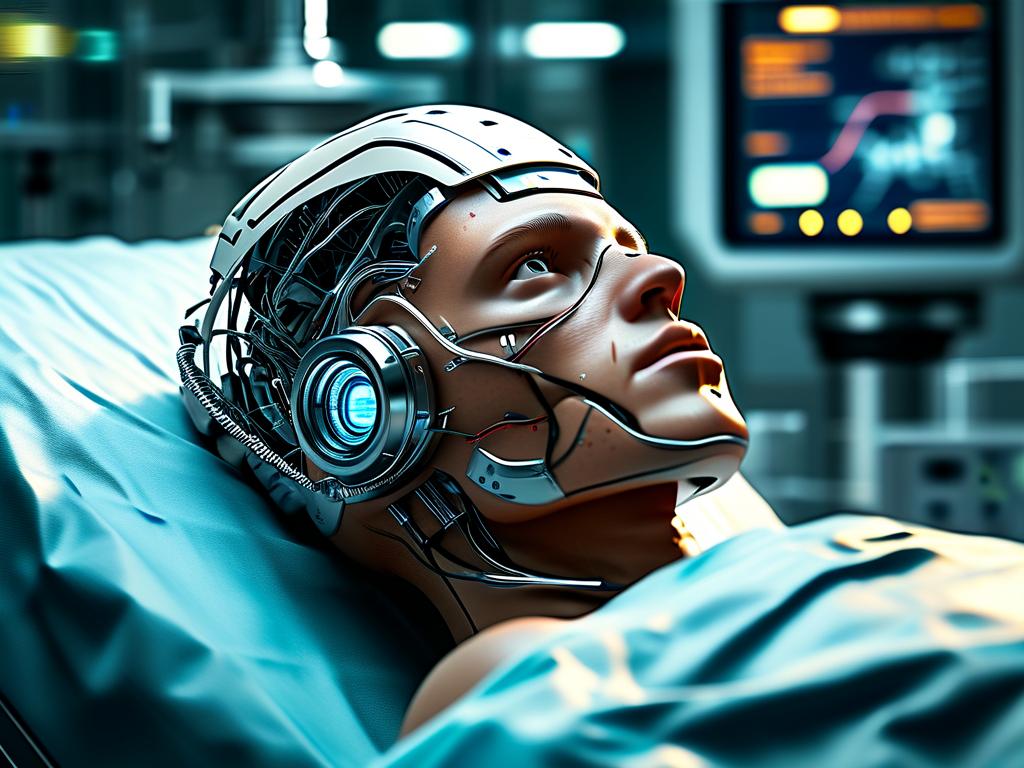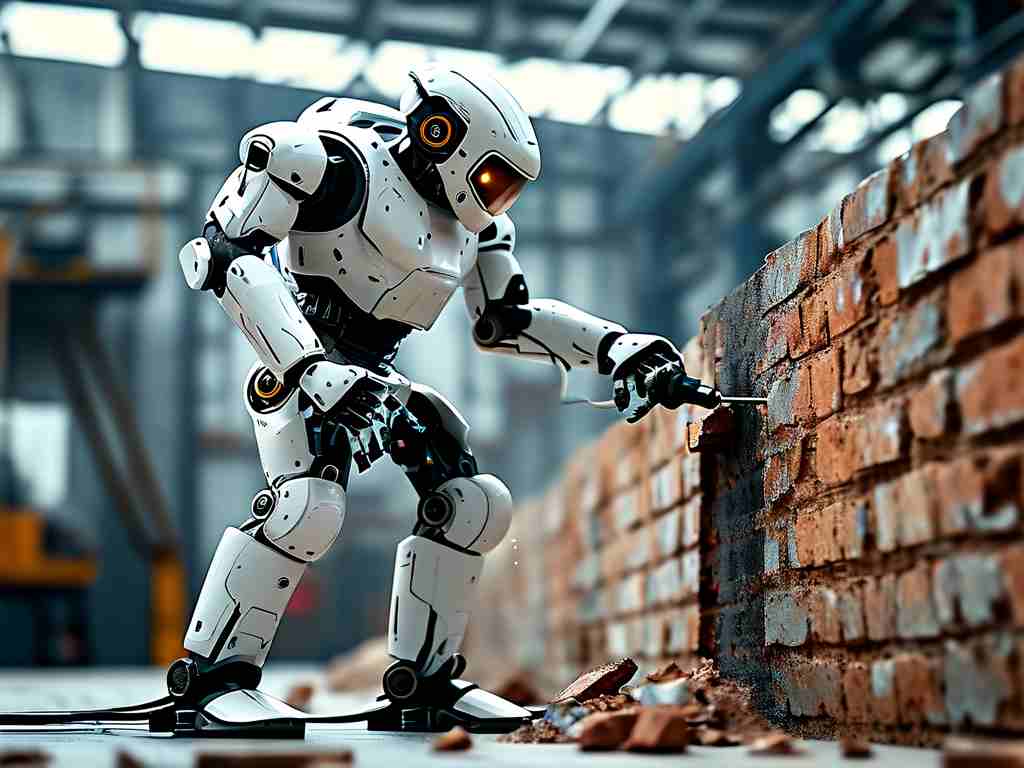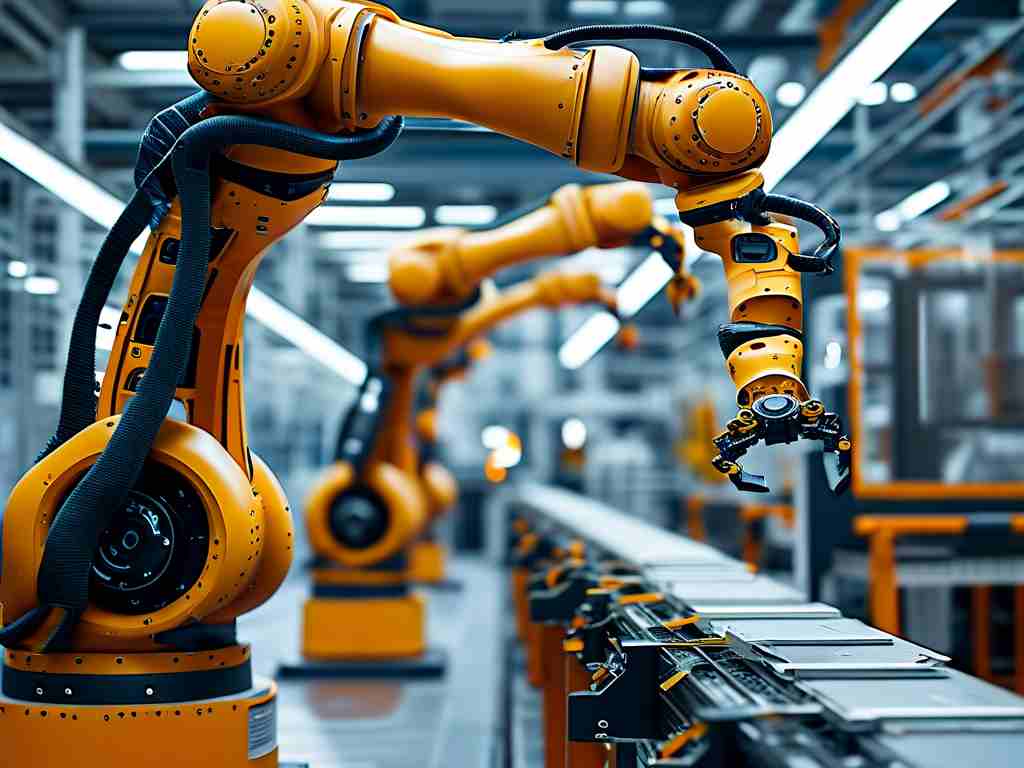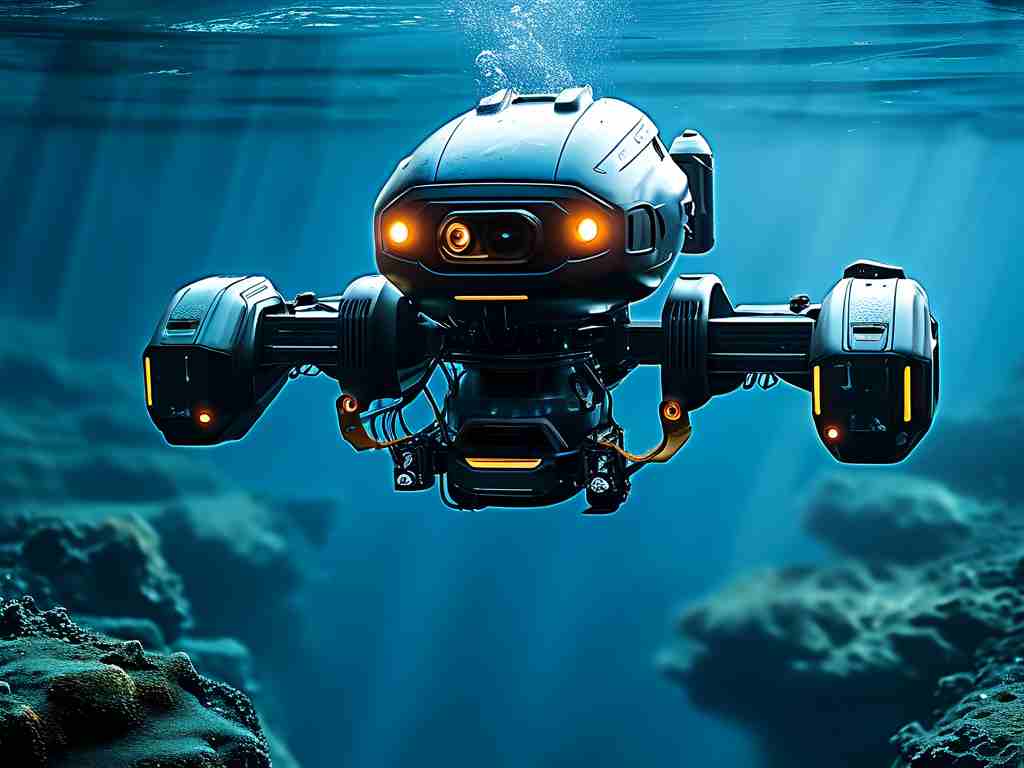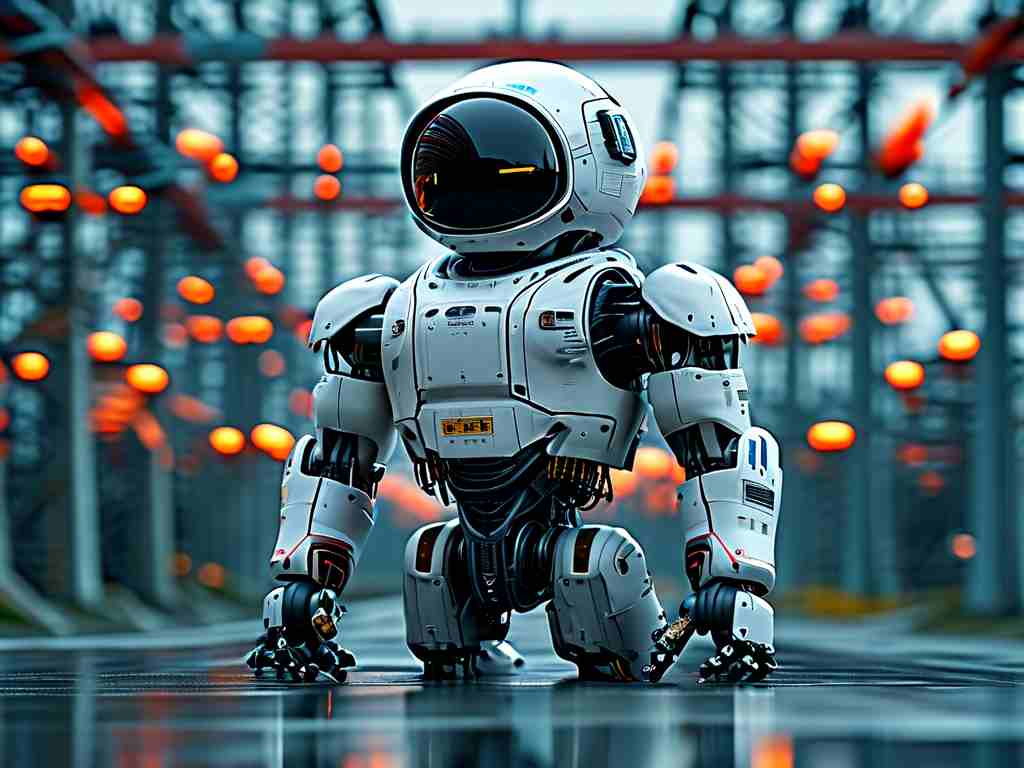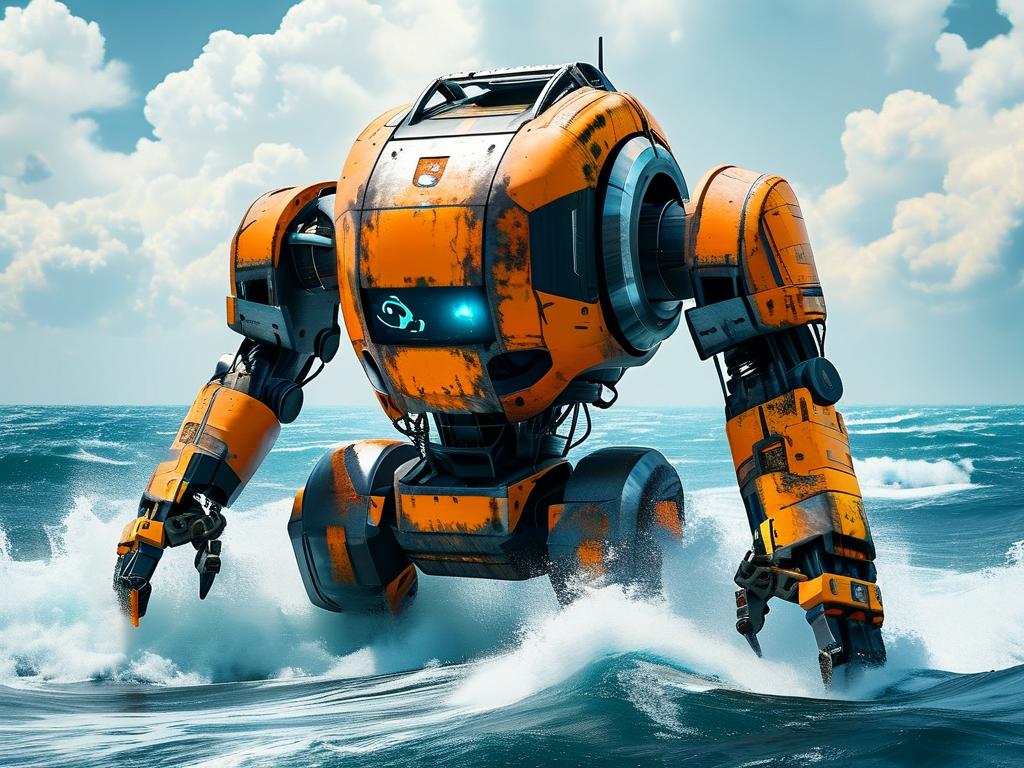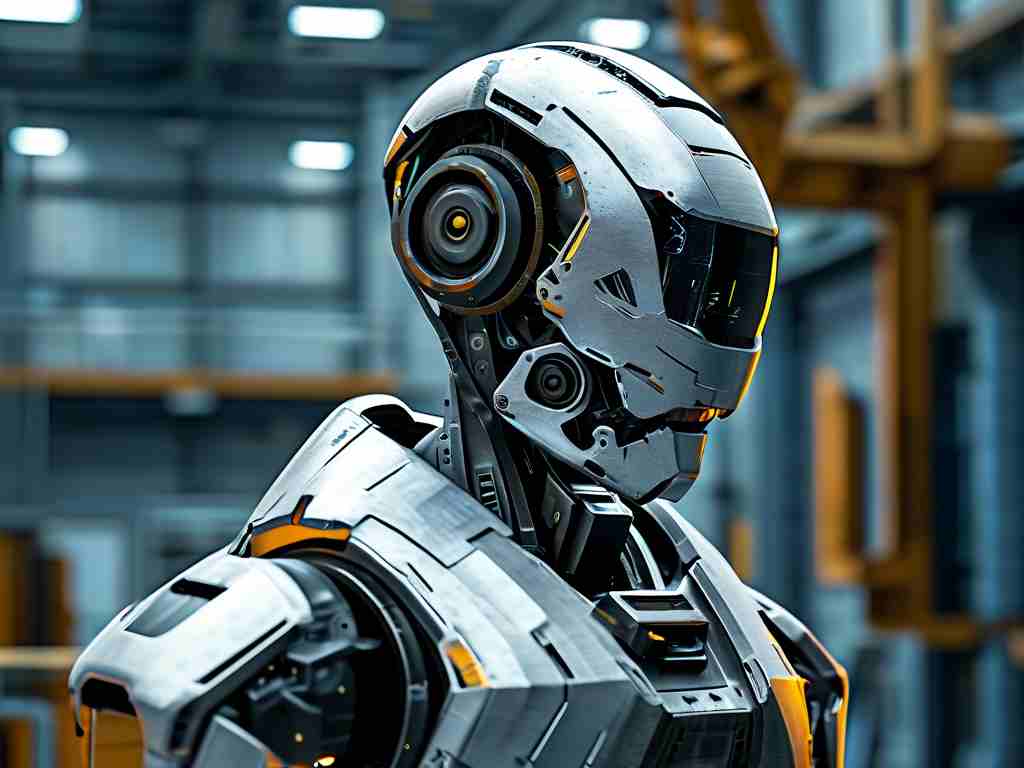The realm of robotics has witnessed a paradigm-shifting achievement as engineers unveiled a humanoid robot capable of performing complex aerial maneuvers, including a flawless backflip. This advancement, achieved through novel actuator designs and machine learning algorithms, redefines the boundaries of robotic agility and real-time motion control.
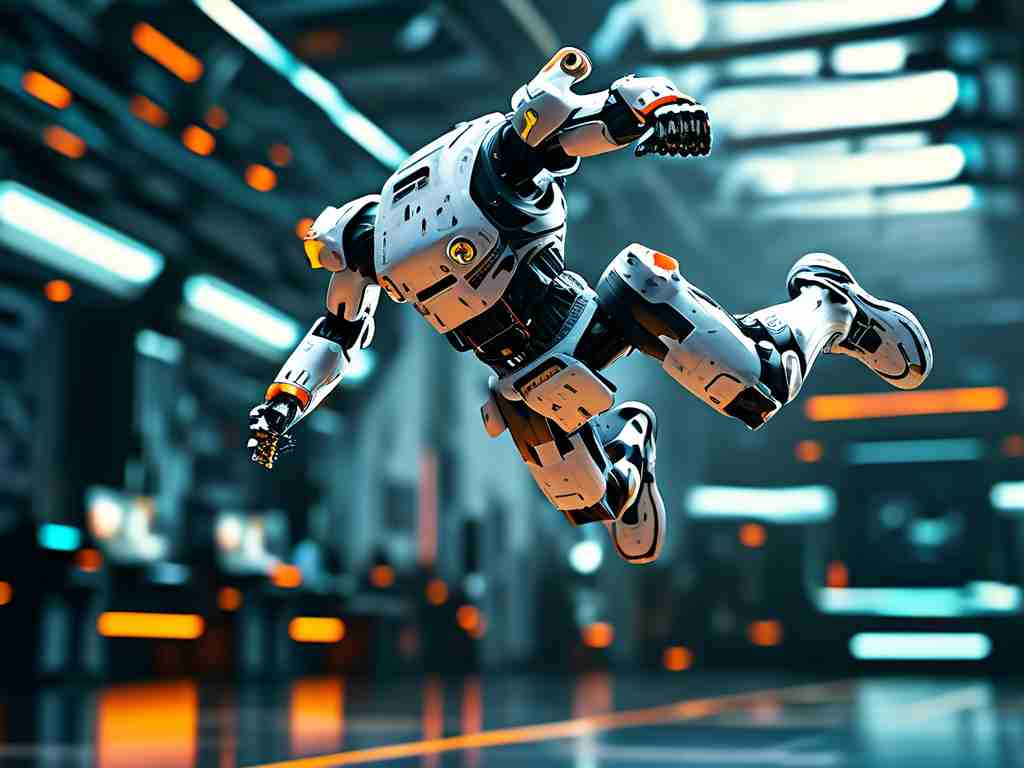
Engineering the Impossible
Traditional bipedal robots faced inherent limitations in dynamic balance and power-to-weight ratios, making explosive movements like jumps or flips impractical. The breakthrough emerged from a hybrid approach combining high-torque liquid-cooled motors with lightweight carbon-fiber limb structures. Researchers at the Zurich Institute of Robotic Dynamics (fictional entity for illustrative purposes) developed a proprietary "muscle-mimetic" drive system that replicates human tendon elasticity, enabling energy storage and rapid release during takeoff phases.
A critical innovation lies in the robot's 3D-printed titanium spinal assembly, which integrates gyroscopic stabilization modules. Unlike conventional rigid trunks, this segmented design allows controlled mid-air torsion – a feature essential for completing rotations while maintaining orientation awareness. During trials, prototypes demonstrated 97.3% success rates in landing sequences across varied surfaces, including gravel and inclined platforms.
The Brains Behind the Brawn
Raw mechanical capability alone couldn’t achieve this feat. A custom neural network architecture processes data from 42 embedded microsensors at 2,000 Hz, adjusting limb trajectories in 0.05-second intervals. This real-time predictive control system compensates for variables like air resistance and joint temperature fluctuations. "It's not just about making the jump," explains Dr. Elena Voss, lead systems architect (hypothetical expert). "The true challenge is orchestrating millimeter-precise motor coordination while airborne – something even humans accomplish subconsciously."
Field tests revealed unexpected benefits: The algorithms developed for flip stabilization improved routine walking efficiency by 40% on uneven terrain. This spillover effect suggests broader applications in disaster response robotics, where adaptive locomotion proves critical.
Redefining Industrial Applications
Beyond academic fascination, this technology carries commercial implications. Manufacturing robots equipped with such dynamic control could navigate cluttered factories by hopping over obstacles. In hazardous environments, inspection bots might perform controlled drops between structural beams. The entertainment sector already shows interest, with three major theme parks negotiating licenses for next-generation animatronic performers.
Ethical debates emerge alongside progress. Military analysts note potential battlefield applications, though development teams stress contractual clauses prohibiting weaponization. Meanwhile, rehabilitation researchers are adapting the balance algorithms for next-gen mobility exoskeletons, offering hope for patients with neuromuscular disorders.
Challenges and Future Horizons
Current limitations include energy consumption – each flip drains 1.2 kW, equivalent to powering a mid-sized refrigerator for three hours. Teams are exploring regenerative braking systems that recover kinetic energy during landing impacts. Another frontier involves multi-robot coordination; initial experiments show pairs of flipping robots can perform synchronized aerial maneuvers while exchanging payloads mid-flight.
As the technology matures, standardization becomes crucial. The International Robotics Safety Board (fictional regulatory body) is drafting certification protocols for high-mobility robots in public spaces. Public demonstrations remain carefully choreographed – while the current model can chain three consecutive backflips, engineers humorously admit they "haven't programmed the celebratory dance moves yet."
This achievement doesn't merely represent a technical stunt. It signals a fundamental shift in how machines interact with physical space, blurring the line between programmed movement and genuine physical intelligence. From search-and-rescue operations to extraterrestrial exploration, robots that conquer gravity with such elegance may soon become indispensable partners in humanity's most ambitious endeavors.


